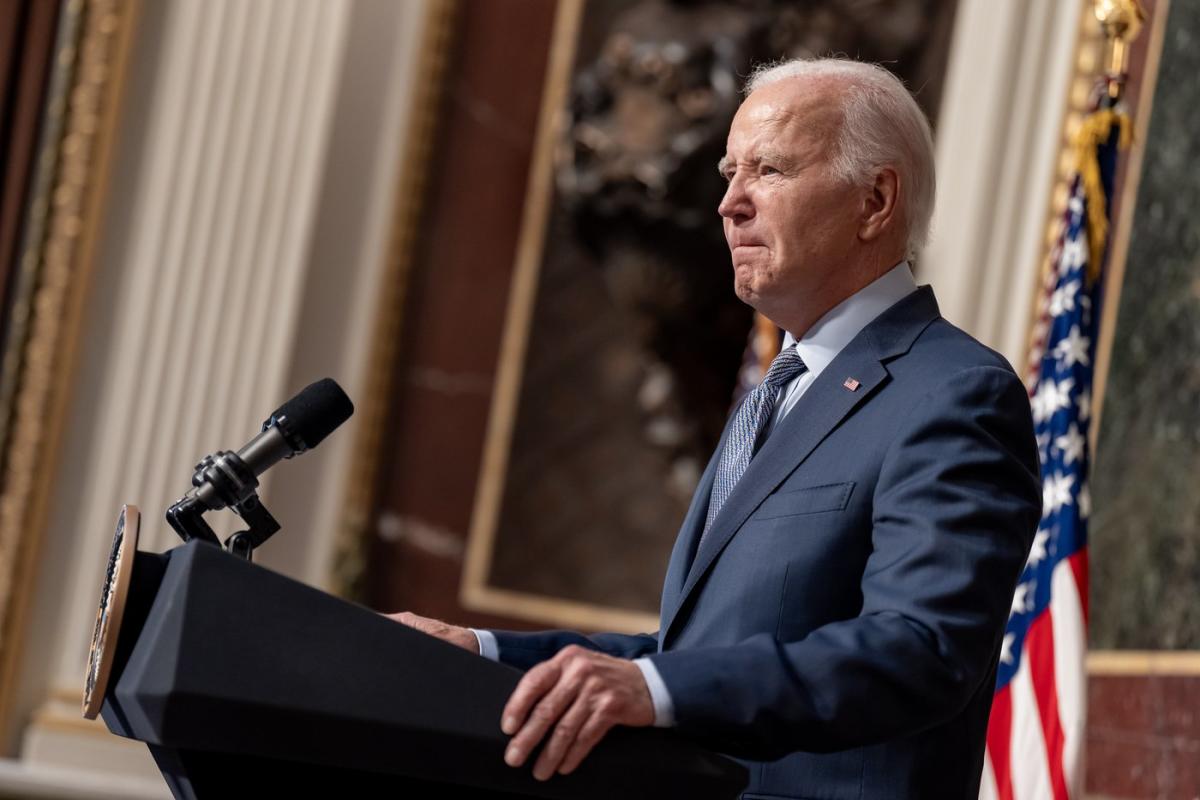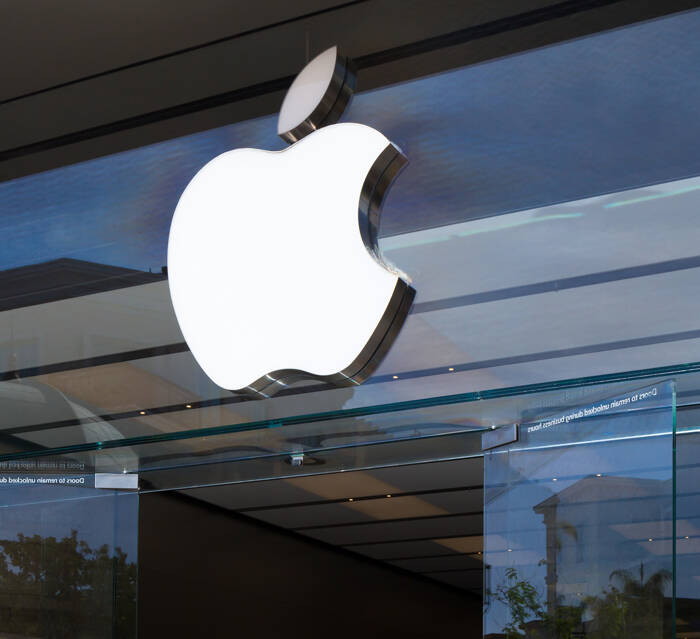(Bloomberg) — Gold’s rise to all-time highs above $2,400 an ounce this year has captivated global markets. China, the world’s leading producer and consumer of precious metals, is at the center of this extraordinary rise.
Most read on Bloomberg
Worsening geopolitical tensions, notably war in the Middle East and Ukraine, and the prospect of lower interest rates in the United States, are helping to improve the image of gold as an investment . But relentless Chinese demand is helping the rally, as retail buyers, fund investors, futures traders and even the central bank view bullion as a store of value in uncertain times.
The biggest buyer
China and India generally compete for the title of the world’s largest buyer. But that changed last year when Chinese consumption of jewelry, bars and coins reached record levels. Chinese demand for gold jewelry rose 10%, while India’s demand fell 6%. At the same time, Chinese investment in bars and coins jumped 28%.
And there is still room for demand to rise, said Philip Klapwijk, chief executive of Hong Kong-based consultant Precious Metals Insights Ltd. Against a backdrop of limited investment options in China, the prolonged crisis in the real estate sector, stock market volatility and the weakening of the yuan are all factors. direct money towards assets perceived as safer.
“The weight of money available in these circumstances for an asset like gold – and indeed for new buyers – is quite considerable,” he said. “There are not many alternatives in China. With exchange controls and capital controls, you can’t just turn to other markets to invest your money.”
Imports jump
Even though China mines more gold than any other country, it still has to import a lot of it and the quantities are increasing. Over the past two years, overseas purchases totaled more than 2,800 tons, more than all the metal that backs exchange-traded funds worldwide, or about a third of the inventories held by the U.S. Federal Reserve .
Despite this, the pace of shipments has accelerated in recent times. Imports have surged ahead of the Chinese Lunar New Year, a peak season for gifts, and in the first two months of the year are 53% higher than they were in 2023.
central bank
The People’s Bank of China has been on a buying spree for 17 straight months, its longest buying streak in history, as it seeks to diversify its reserves away from the dollar and protect against currency depreciation.
It is the most avid buyer among a number of central banks that favor gold. The official sector acquired near-record levels of the precious metal last year and is expected to keep purchases high in 2024.
Shanghai Prime
The fact that Chinese demand remains so strong, despite record prices and a weaker yuan that deprives buyers of purchasing power, is indicative of gold’s appeal.
As a large importer, gold buyers in China often have to pay a higher price than international prices. That price rose to $89 per ounce earlier this month. The average over the past year is $35, compared to a historical average of just $7.
Certainly, exorbitant prices are likely to dampen some enthusiasm for bullion, but the market is proving exceptionally resilient. Chinese consumers typically buy gold when prices fall, which has helped provide a floor for the market during times of weakness. That’s not the case this time around, as China’s appetite helps keep prices much higher.
That suggests the recovery is sustainable and gold buyers around the world should be reassured by China’s booming demand, said Nikos Kavalis, managing director at consultancy Metals Focus Ltd.
The Chinese authorities, who can be rather hostile to stock market speculation, are less optimistic. State media warned investors to be careful in continuing the rally, while the Shanghai Gold Exchange and Shanghai Futures Exchange increased margin requirements on some contracts to stifle excessive risk-taking. SHFE’s decision follows an increase in daily trading volumes which reached their highest level in five years.
ETF Feed
A less frenetic way to invest in gold is through exchange-traded funds. Money has flowed into gold ETFs in mainland China almost every month since June, according to Bloomberg Intelligence. This compares to massive outflows of gold funds in the rest of the world.
Money inflows have totaled $1.3 billion so far this year, compared with $4 billion in outflows abroad. Restrictions on investment in China are again a factor, given the limited number of options available to Chinese people beyond real estate and domestic stocks.
Chinese demand could continue to rise as investors seek to diversify their holdings with commodities, BI analyst Rebecca Sin said in a note.
–With help from Jack Wang and Eddie Spence.
Most read from Bloomberg Businessweek
©2024 Bloomberg LP


